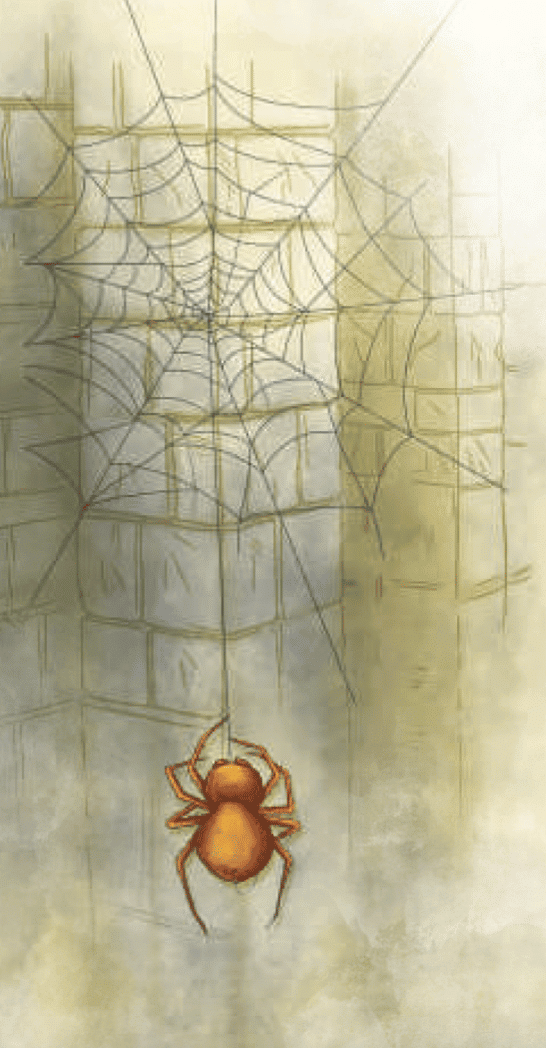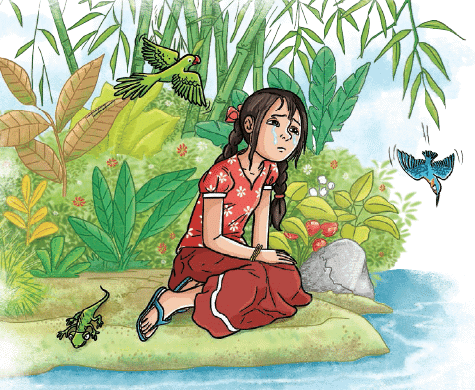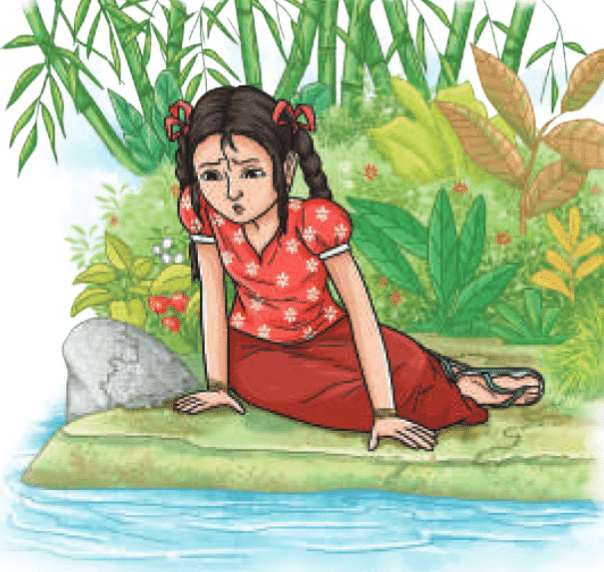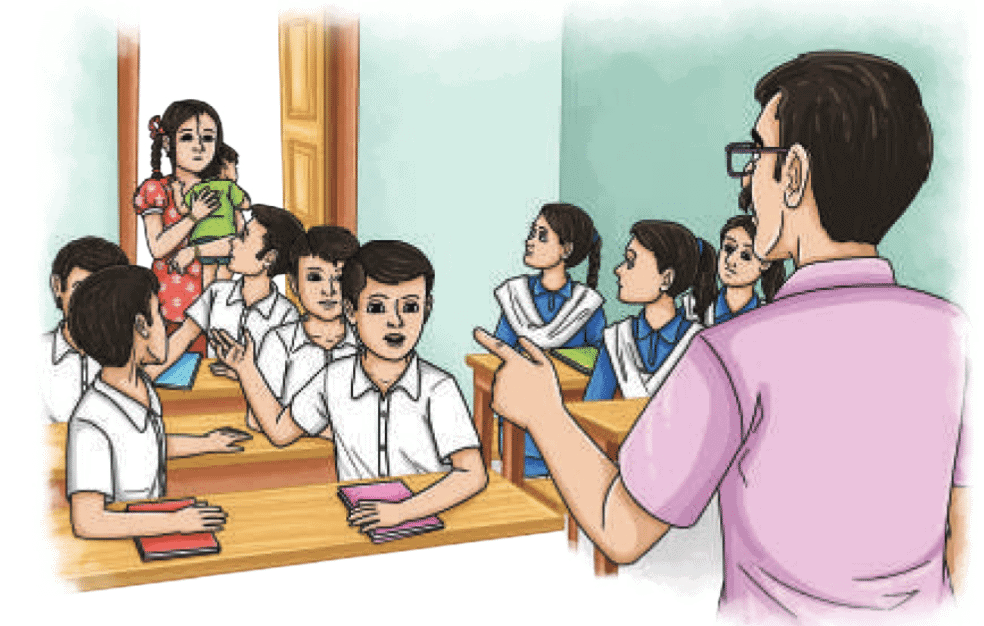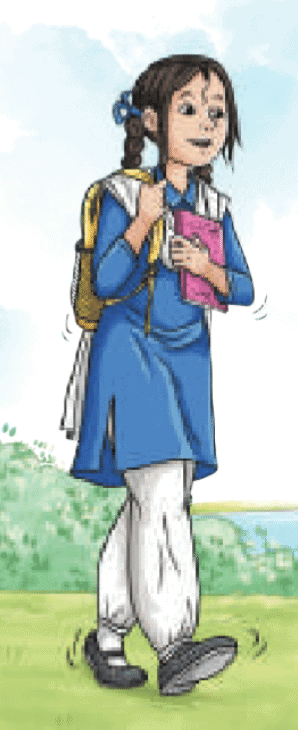Introduction
- This exciting story, written by Ruskin Bond, follows Suraj, a young boy who loves adventure and is fascinated by trains.
- Set in a jungle near a railway tunnel, the story describes Suraj’s visit to watch a steam train burst out of the tunnel and his unexpected meeting with Sunder Singh, the watchman who looks after the tunnel.
- Together, they share a thrilling moment when they face a leopard in the tunnel, forming a special friendship.
- The story is full of vivid descriptions of the jungle and the train, capturing the thrill of exploration and bravery.

Explanation of the Story
Suraj’s Fascination with the Jungle Train
The story begins on a hot noon in a jungle where a railway track cuts through towering evergreen trees. Suraj, a young boy, waits near a tunnel, eager to watch the midday steam train burst out. He isn’t catching a train; he simply loves the sight of it, finding it magical. He has cycled from town, hidden his bike in a nearby village, and walked over a hill to reach the tunnel’s exit.
As he waits, he hears the distant whistle and rumble. The train bursts out like a green, black, and gold dragon, spitting sparks and roaring past, stirring the jungle into motion. After the train passes, Suraj, curious, decides to walk through the tunnel. Inside, it’s damp, smoky, and dark, with a bat and a lizard startling him. Emerging into sunlight on the other side, he notices a flash of orange and gold on the hillside—a swishing tail disappearing among the trees.
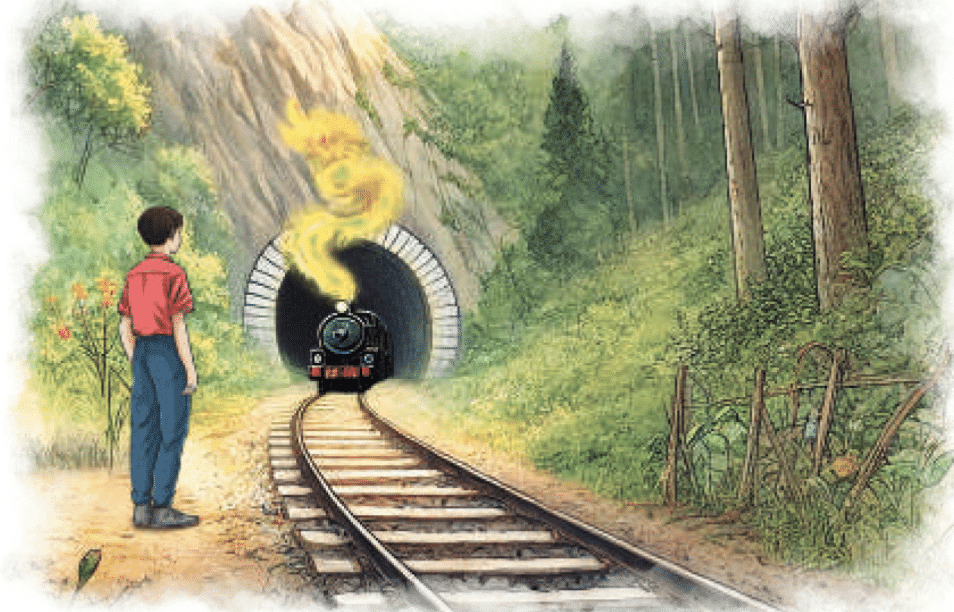
Meeting Sunder Singh, the Watchman
Nearby, Suraj finds a small hut belonging to Sunder Singh, the tunnel’s watchman. His job is to inspect the tunnel and signal trains if anything is wrong—using a red flag by day or an oil lamp at night. Sunder Singh welcomes Suraj warmly, joking that the tunnel is “his,” though officially it belongs to the government.
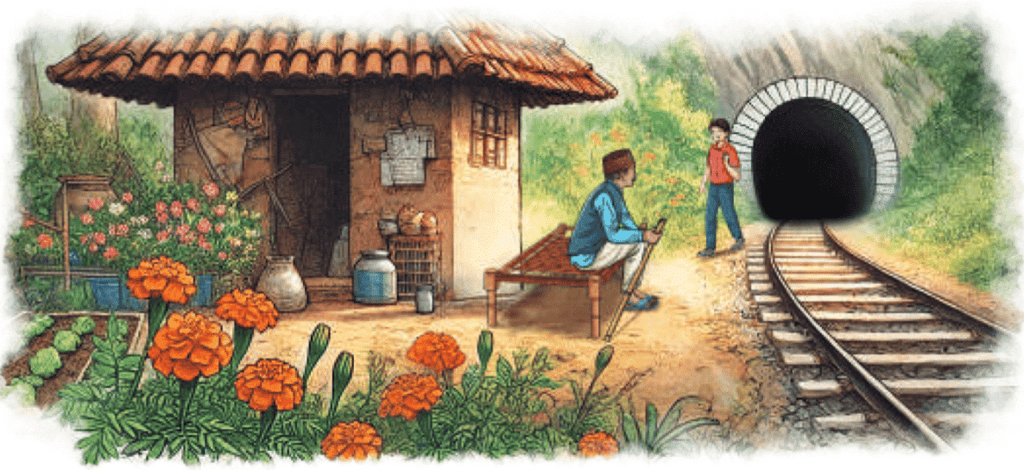
As they chat, Suraj mentions the flash he saw, and Sunder Singh explains it was “his” leopard—a familiar visitor to the area, harmless unless provoked. He also tells Suraj about the night train at 9 p.m., inviting him to return and promising to escort him home safely. Suraj leaves, planning to get his parents’ permission.
The Night Adventure
The next evening, Suraj returns. As the jungle cools and darkens, they enjoy tea, surrounded by the sounds of birds and forest creatures. When darkness falls, Sunder Singh checks the tunnel with his oil lamp while Suraj waits.
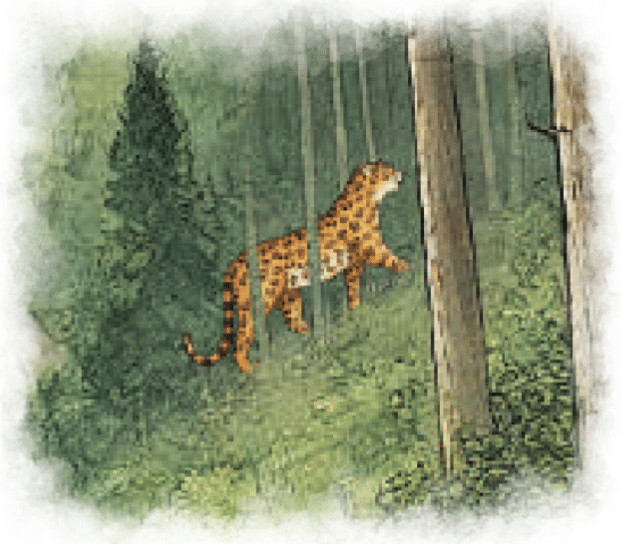
Suddenly, they hear a sawing sound from the tunnel. Realising the leopard is inside and could be hit by the oncoming train, Sunder Singh decides to scare it away. Taking an axe for safety and reassuring Suraj, they both enter the tunnel. Their shouts and lamp startle the leopard, which flees into the jungle. After ensuring the tracks are clear, they step aside just in time as the night train roars through, leaving the jungle still and silent once again.
Suraj’s Farewell to the Jungle
A week later, Suraj rides the same night train with his father, who is heading to Delhi on business. As the train crosses bridges and villages, Suraj recognises the tunnel. Peering out into the darkness, he spots a familiar glow—the oil lamp of Sunder Singh, standing watch. As the train speeds through and the jungle fades behind, Suraj thinks fondly of the lonely watchman who lights up the darkness for both trains and leopards.
Moral of the Story
- The story teaches us that courage and curiosity can lead to exciting adventures and unexpected friendships.
- Suraj’s bravery in exploring the tunnel and facing the leopard with Sunder Singh shows that stepping out of your comfort zone can bring rewarding experiences.
- It also highlights the importance of kindness and trust, as seen in the bond between Suraj and Sunder Singh, who work together to protect the leopard.
Difficult Words
Here are the meanings of some difficult words from the story, explained simply:
- Shimmered: Shined with a soft, wavy light.
- Embankment: A wall of stones or earth to support a railway.
- Cutting: A narrow path dug through a hill for a railway.
- Scrub-covered: Covered with short trees and bushes.
- Serpents: Snakes, used here to describe the railway tracks.
- Snorting: Making a loud sound through the nose, like the train’s engine.
- Puffing: Blowing out air or steam in short bursts.
- Instinctively: Doing something without thinking, like a reflex.
- Flinch: To pull back quickly from something surprising or scary.
- Plume: A long, thin cloud, like smoke trailing behind.
- Shisham: A type of tree found in northern India.
- Contemplation: Deep thinking or daydreaming.
- Reassure: To make someone feel calm or safe.
- Scuttled: Ran quickly with small steps.
- Dazzled: Blinded or amazed by bright light.
- Swishing: Moving with a soft, sweeping sound, like a tail.
- Obstacles: Things that block or get in the way.
- Porcupine: A small animal with sharp spines on its back.
- Range: An area or region, like where the leopard roams.
- Yawned: Opened the mouth wide, usually when tired.
- Swooped: Moved down quickly through the air, like birds flying.
- Scent: A pleasant smell, like of flowers.
- Tailorbird: A small bird known for sewing leaves to make a nest.
- Twilight: The soft light just after sunset or before sunrise.
- Quaint: Unusual or old-fashioned in a charming way.
- Nightjar: A bird active at night with a short beak.
- Flexing: Bending or stretching, like limbs moving.
- Trimming: Adjusting, like fixing the wick of a lamp.
- Padded: Soft, quiet steps, like an animal’s footsteps.
- Rustle: A soft sound, like leaves moving.
- Sawing: A back-and-forth sound, like cutting wood.
- Lithe: Slim and graceful in movement.
- Sinewy: Lean and strong, with visible muscles.
- Snarling: Growling with teeth shown, like an angry animal.
- Twitching: Making small, sudden movements.
- Defying: Challenging or standing up against something.
- Tremor: A slight shaking or vibration.
- Scribbling: Writing quickly or messily.
- Fringe: The edge or border, like the jungle’s boundary.
- Flickering: Shining with an unsteady, wavering light.
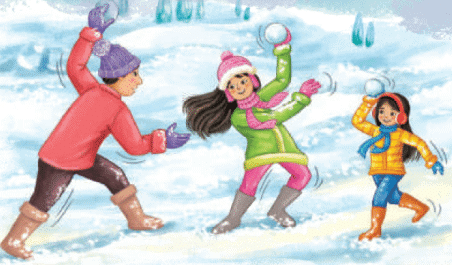



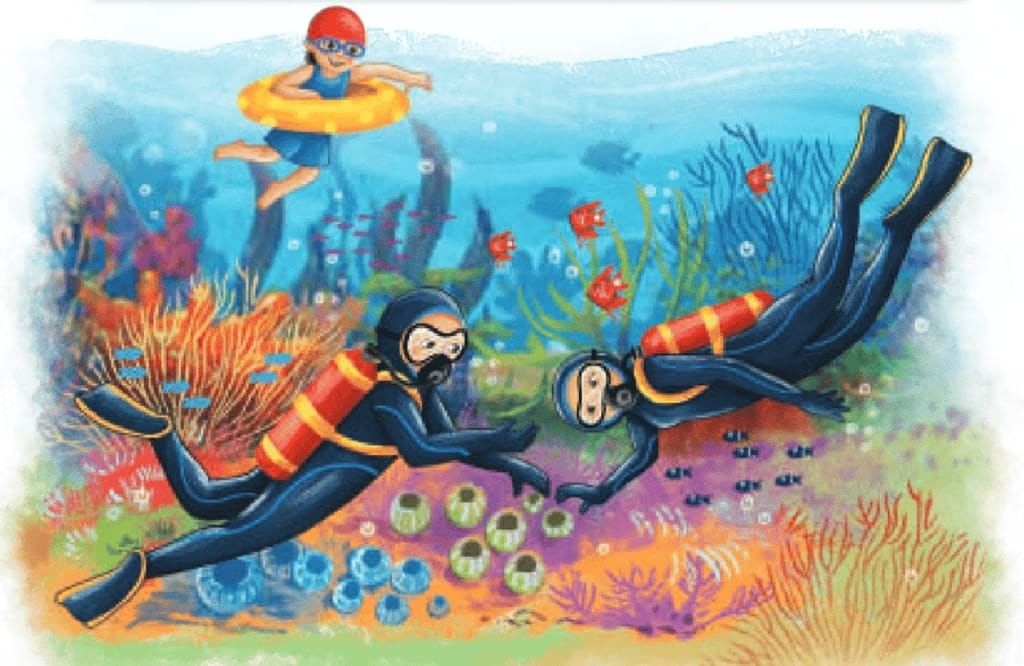
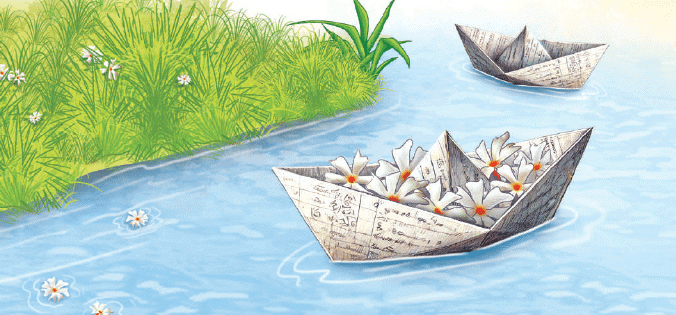
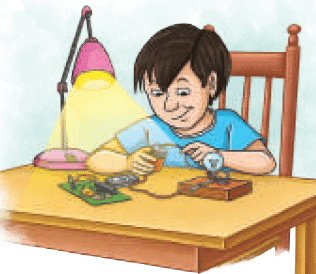
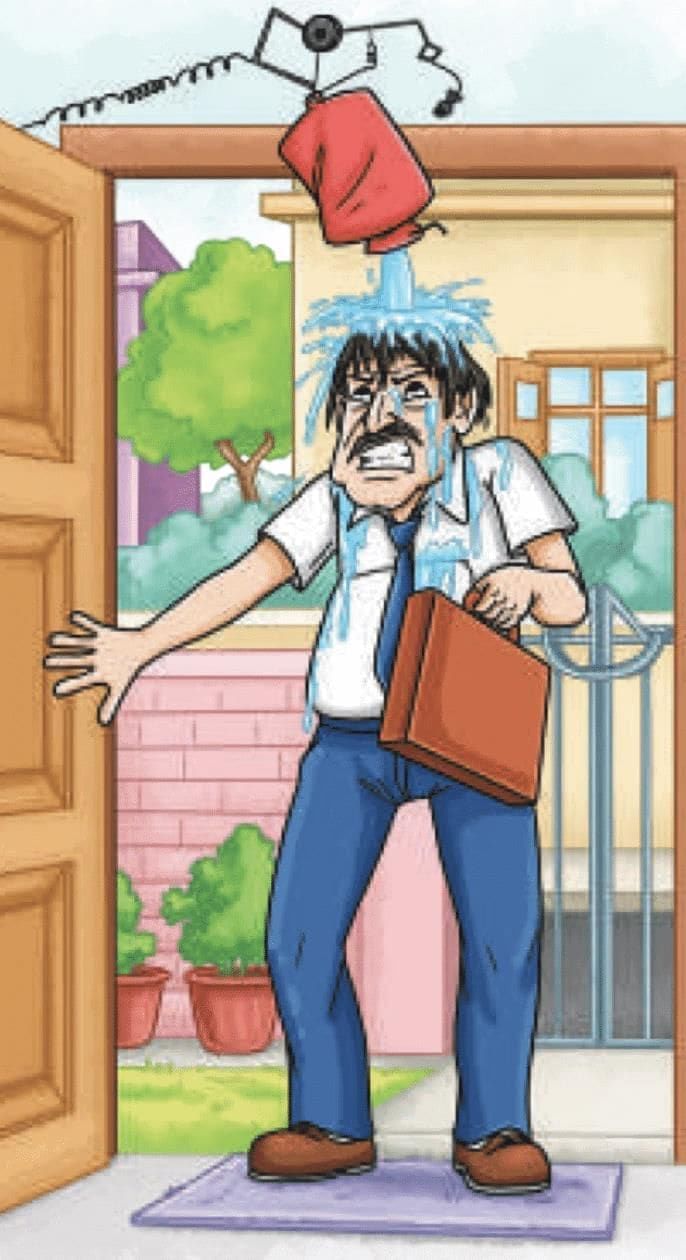
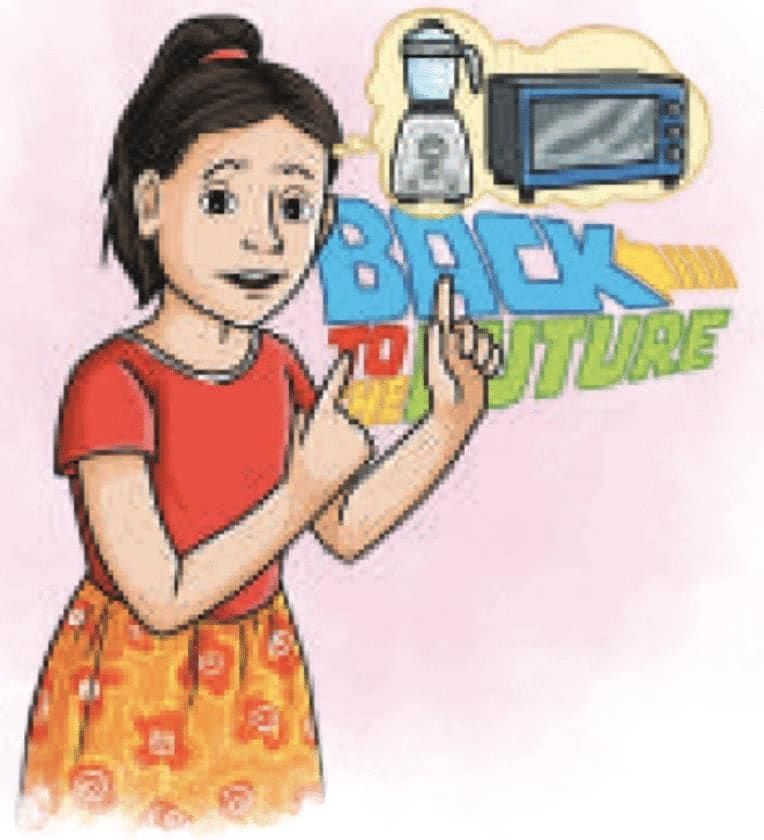
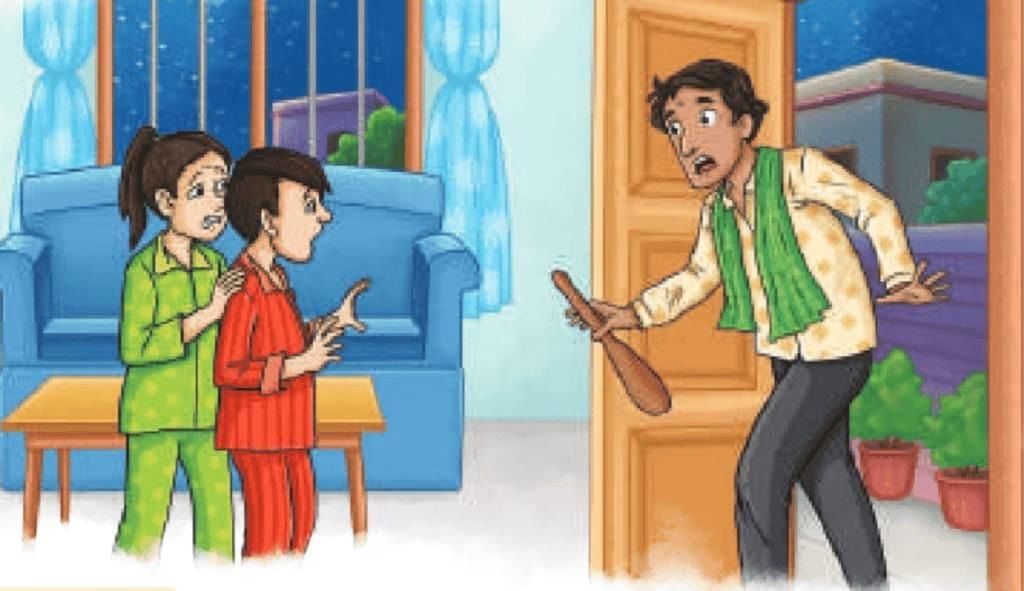
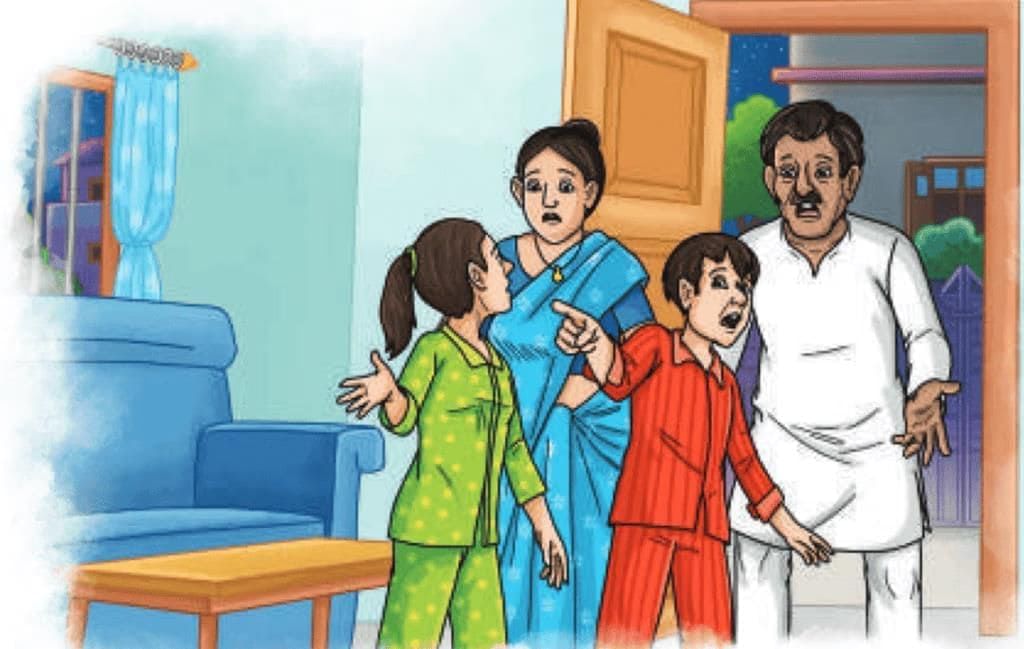
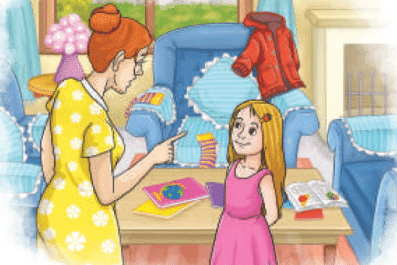
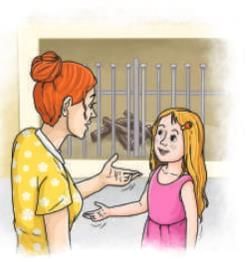
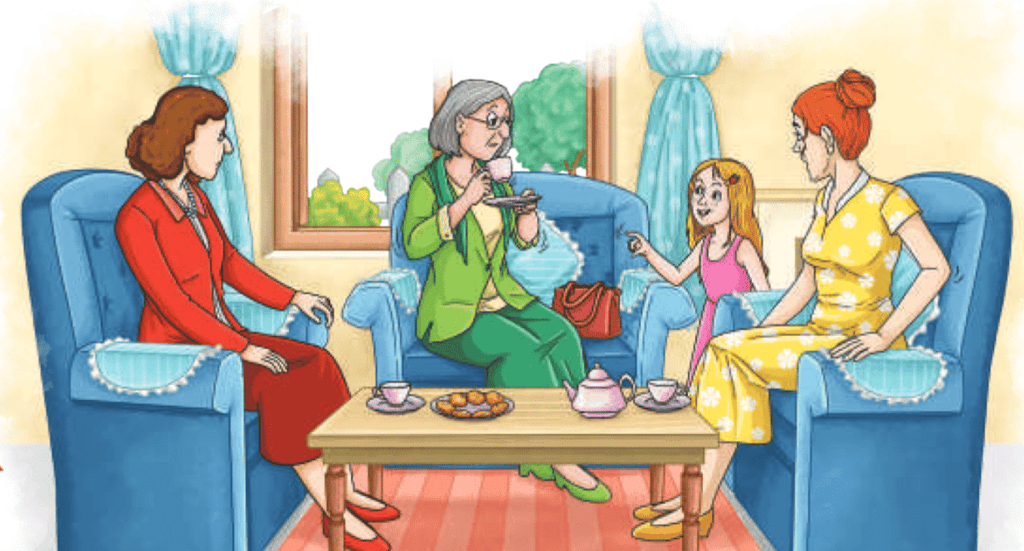
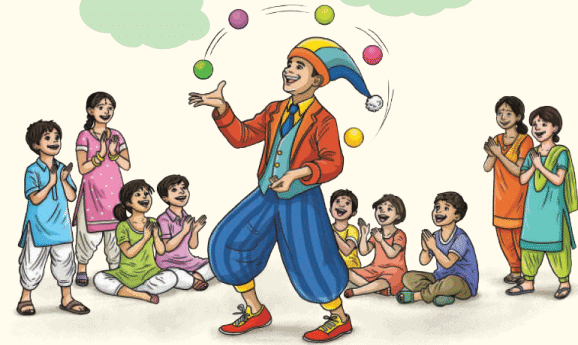
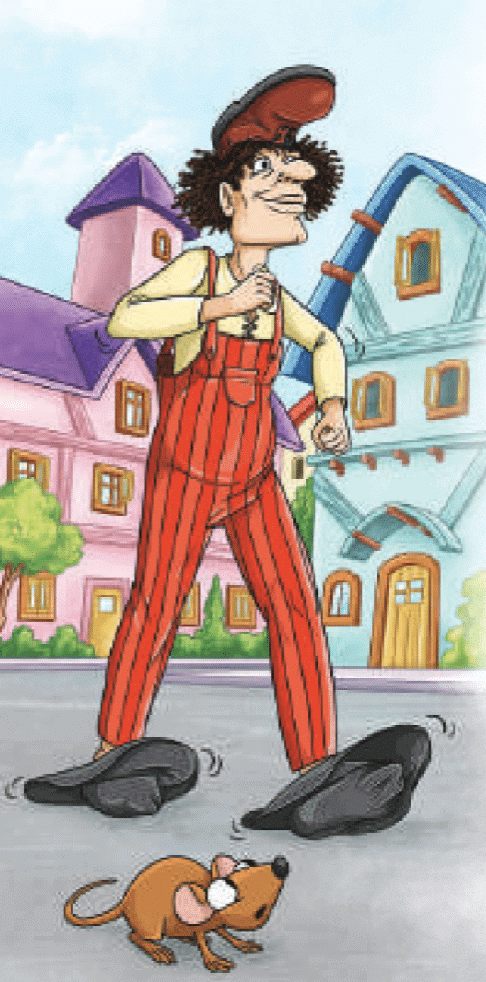
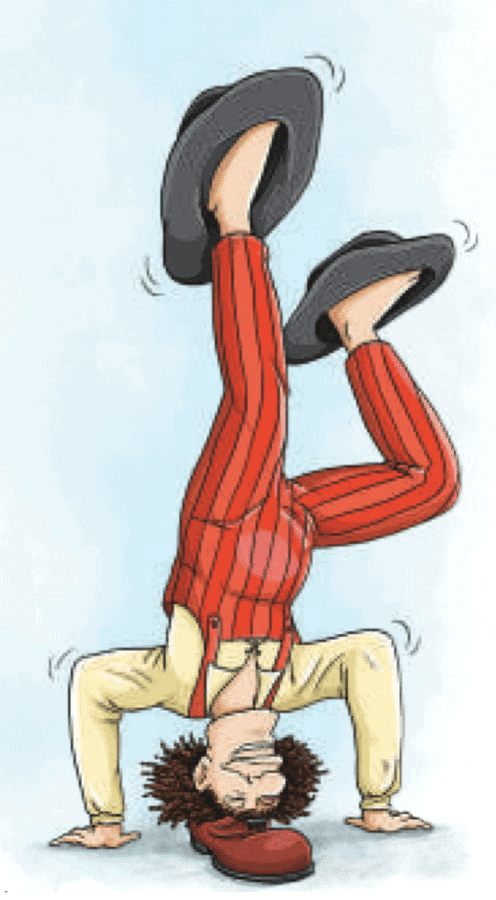
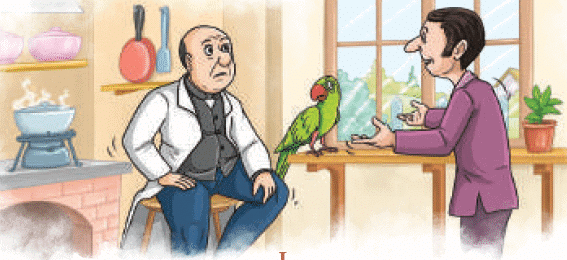
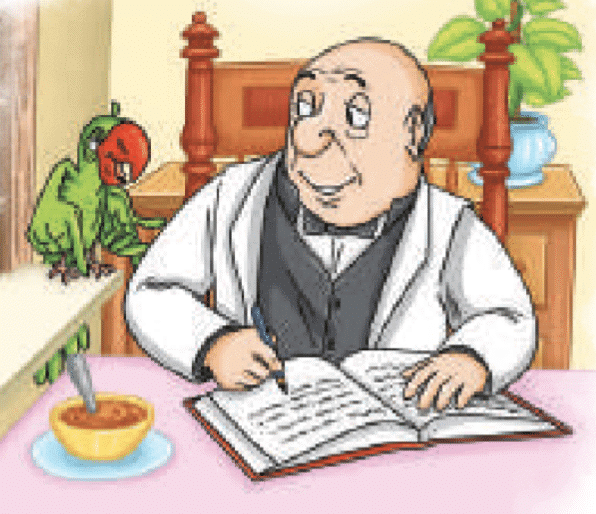
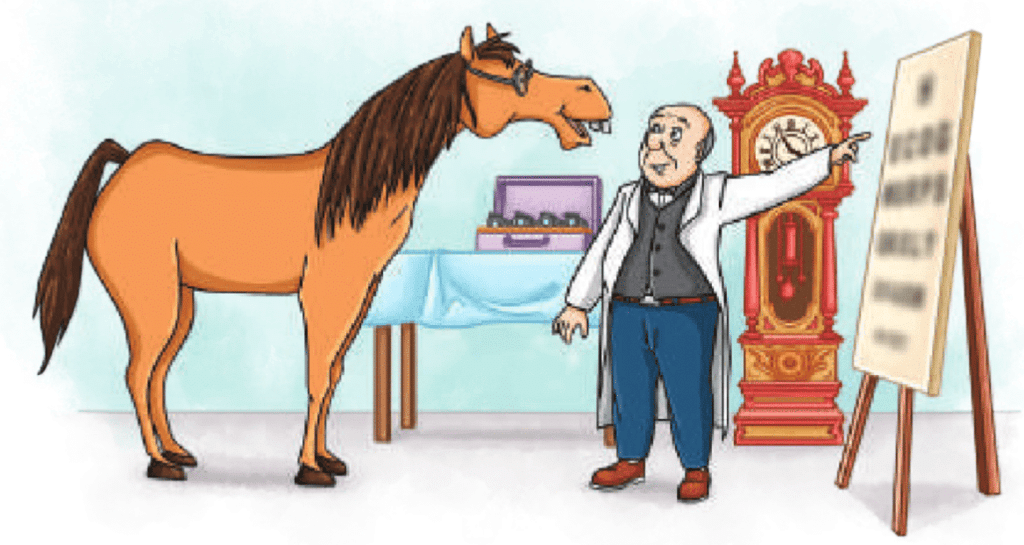
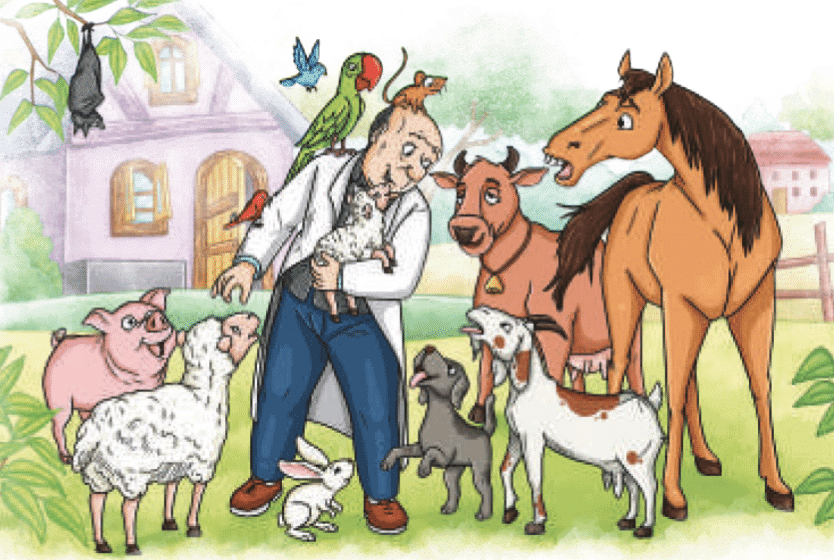
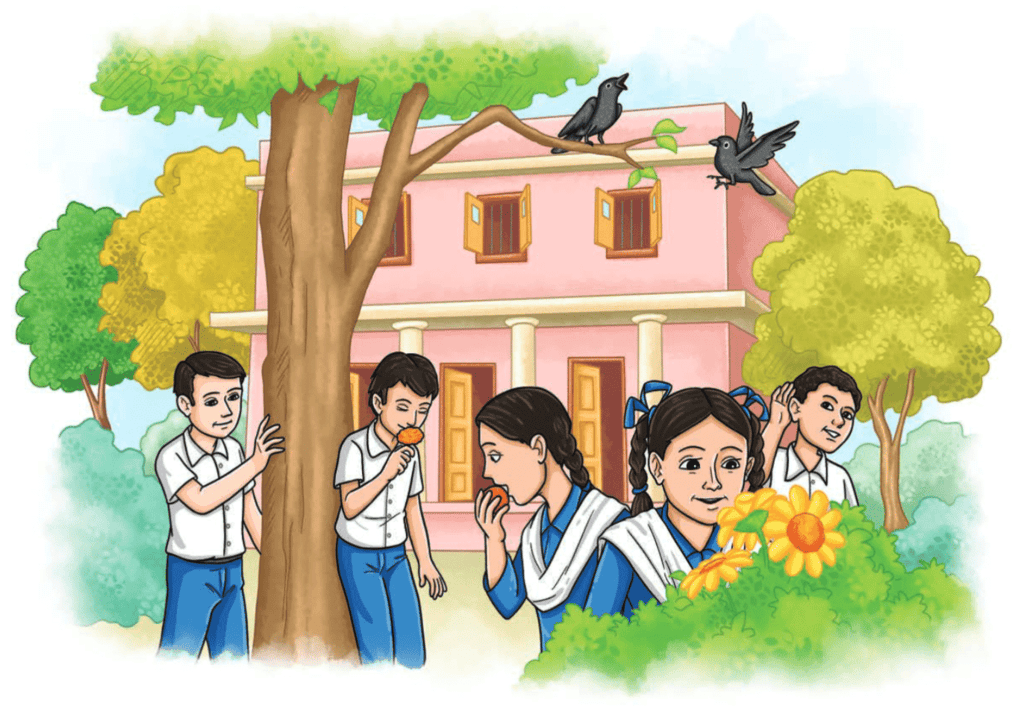
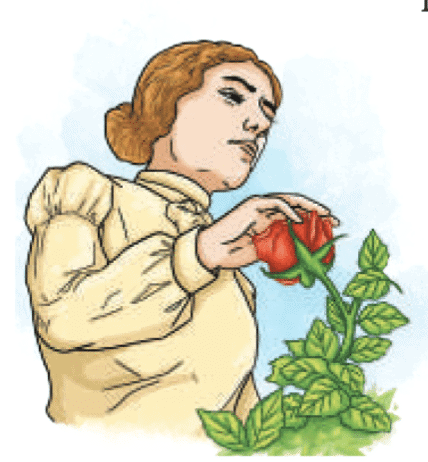
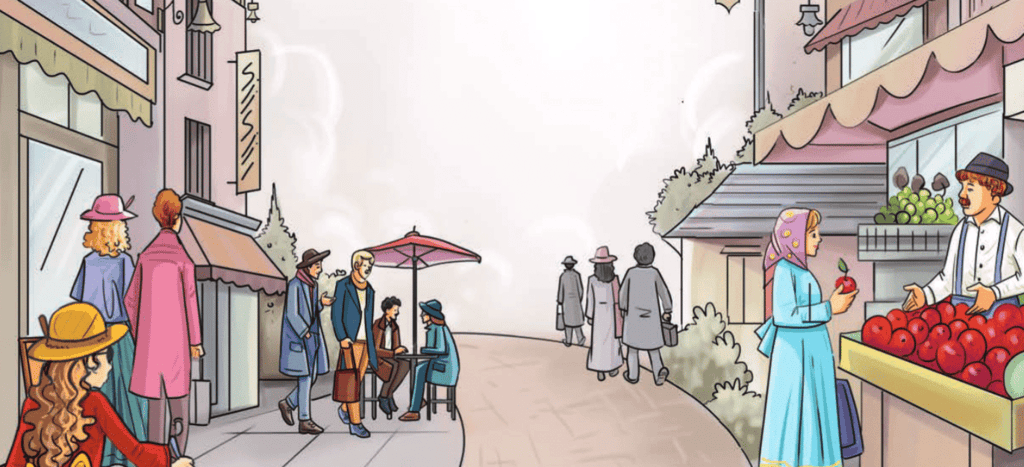
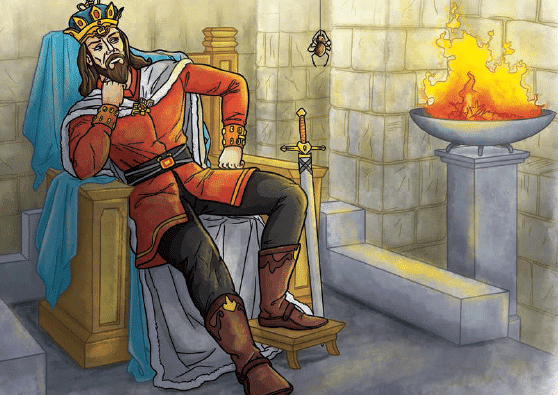
 View Answer
View Answer